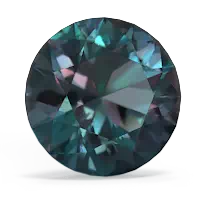

Friendship, love and loyalty are represented by this historic celtic design. A Alexandrite claddagh ring with your birthstone or favorite color makes it even more significant. The birthstone of June, Alexandrite is an amazing and mysterious stone. A created alexandrite ring is a unique and entertaining attention getter. Tanzanite is the new birthstone of December and has a unique purple-blue color. A tanzanite ring is one of the newest fashion trends and is a must for any jewelry collection.